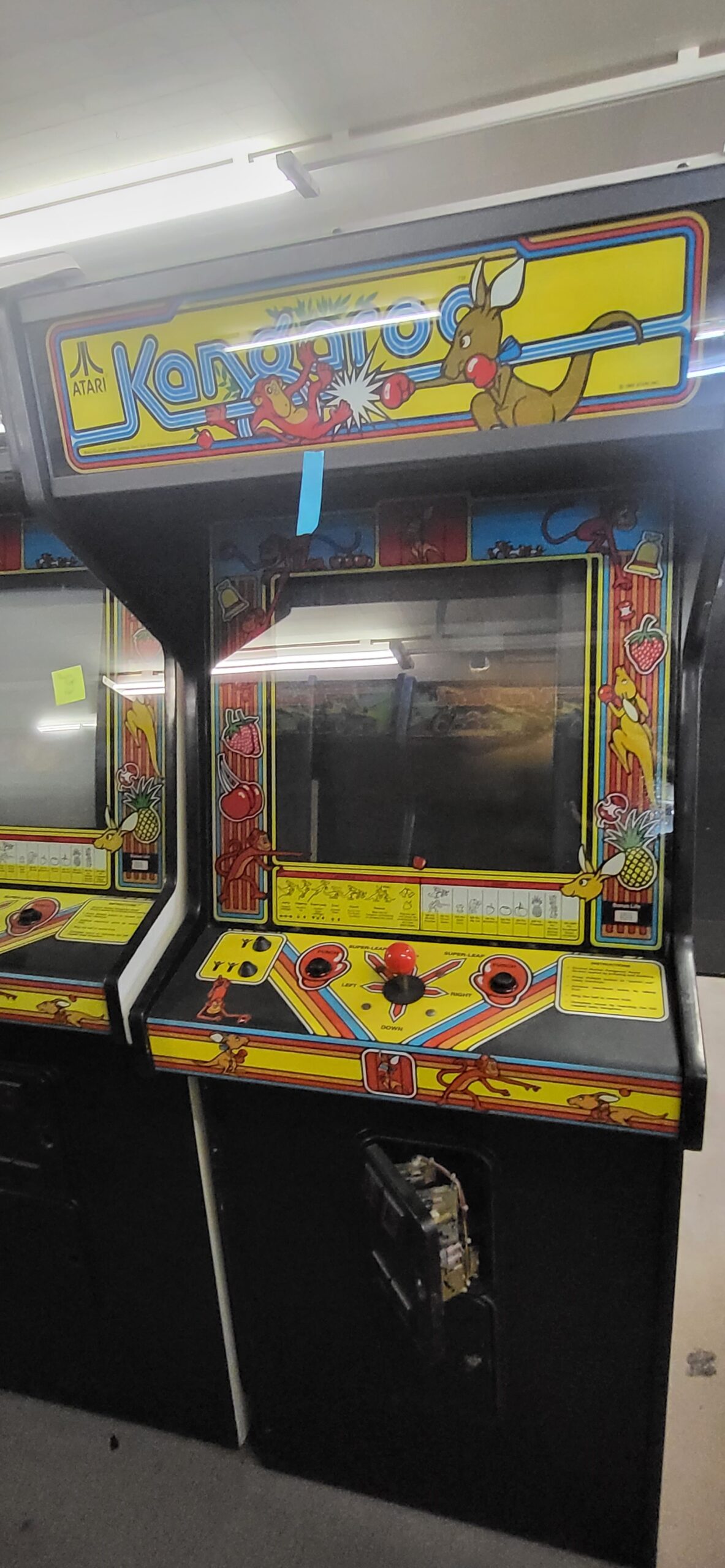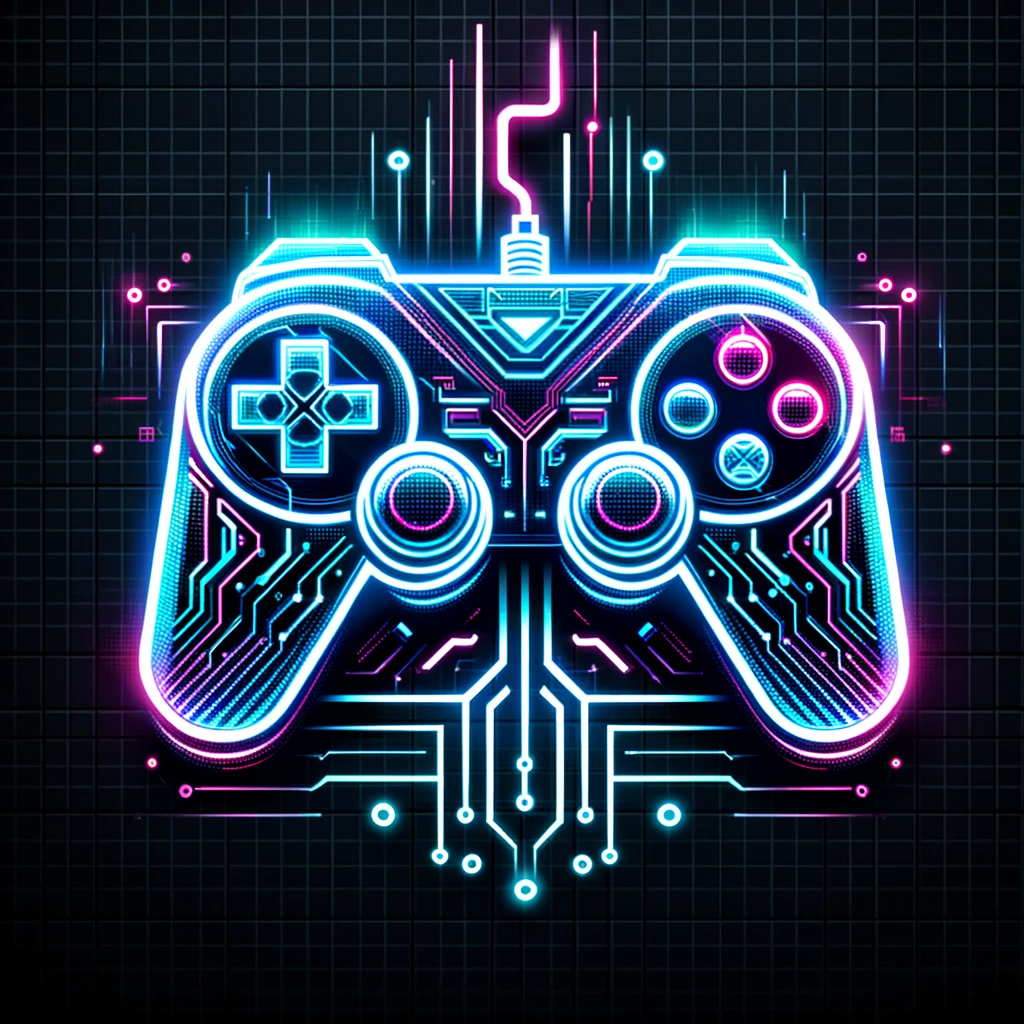
Kangaroo
Arcade / Atari, Inc. 1982
Kangaroo is a classic arcade platformer game developed and released by Atari, Inc. in 1982. Players control a mother kangaroo, tasked with rescuing her joey from a group of mischievous monkeys. The game features multiple levels of increasing difficulty, with obstacles and enemies to overcome as the player progresses.
Kangaroo was designed by Kevin Osborn, who drew inspiration from his own childhood experiences with the Australian Outback. Development began in 1981, and the game was released in arcades in 1982. The team at Atari aimed to create a visually appealing and challenging game that would appeal to both casual players and arcade enthusiasts.
Kangaroo received generally positive reviews upon its release, praised for its colorful graphics, catchy music, and addictive gameplay. Players enjoyed the challenge of navigating through the levels while avoiding obstacles and enemies. The game’s unique theme and intuitive controls helped it stand out in the crowded arcade market of the early 1980s.
Kangaroo was primarily released as an arcade cabinet, but it later saw ports to various home gaming consoles and computers, including the Atari 2600, Atari 5200, and Atari 8-bit family. The game’s success also led to the development of sequels and spin-offs, although none achieved the same level of popularity as the original.
As with many classic arcade games, the rarity of Kangaroo cabinets can vary depending on factors such as location and condition. While exact production numbers are unknown, surviving cabinets are sought after by collectors and enthusiasts. Prices for working Kangaroo cabinets can range from several hundred to several thousand dollars, depending on their condition and completeness.
Kangaroo arcade cabinets were powered by custom hardware developed by Atari. The main components include:
CPU: 6502 processor
Sound chip: Atari Pokey
Display: Standard CRT monitor
Control panel: Joystick and buttons for player input
Power supply: Standard arcade power unit
For repairs, enthusiasts may need replacement parts such as joysticks, buttons, and power supplies, which can often be sourced from specialized arcade parts suppliers or salvaged from other arcade cabinets. Additionally, knowledge of basic electronics and soldering skills may be required for more complex repairs.


